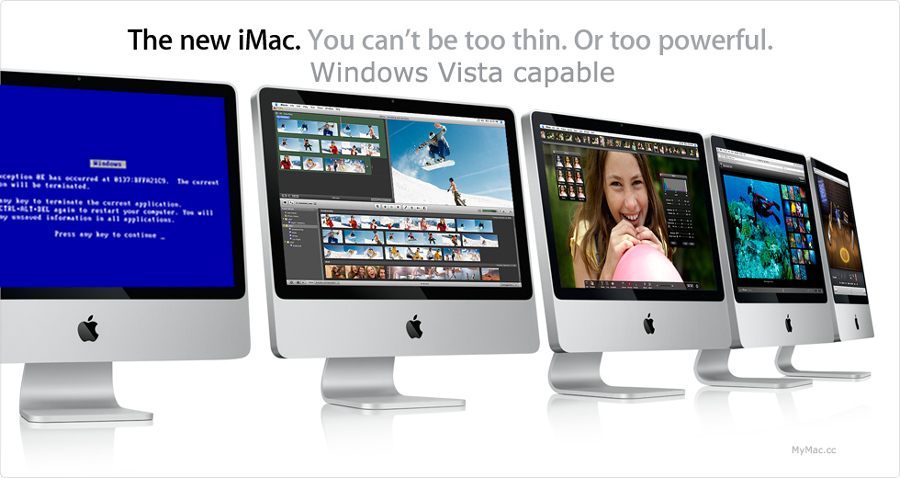
There is a reason why I waited until last to do the review of Apple’s new spreadsheet program. I’ve never been very good at them. Frequently I find it useful to create little spreadsheets and graphs. My Excel sheets are generally pretty small. I’ve made more complex spreadsheets, but it usually seems more trouble than it is worth and, frankly, Excel is not always friendly to casual users.
So Apple now has a spreadsheet, Numbers, that is supposed to be “for the rest of us.” I decided to give it a try to see if it lives up to hype.
The first thing that strikes you with Numbers is the layout. All the spreadsheets I’ve used (even back to the DOS days) always had one sheet per page. That is the rule. Isn’t it? Who would think to put more than one sheet on a page and move them around willy-nilly? Well, apparently someone at Apple did. If you haven’t seen any of the screenshots on the web, Numbers allows you to make multiple sheets of various sizes and formatting and even graphic objects, text, and graphs on the same page. No longer does changing the column width for one data group muck it up for the other groups below. It is really convenient.
Not only does this make it easier to build a spreadsheet. It also makes it easier to print. You can move your elements around the page so you have them just the way you want. So many times I’ve had to fiddle with the column widths just for the sake of printing. With Numbers it is easy. Click and drag. It also previews your print so you can see exactly what you are printing.
The support for graphical objects, titles, and graphs is also very smooth. These features tie into the powerful OS X graphics features making drop shadows and other effects both familiar and good looking. Moreover, they move, resize and manipulate very easily.
The templates in Numbers are typical of Apple, clean and useful. For the lazy among us, the templates satisfy a lot of the typical uses for a spreadsheet: budgets, loans, investments and several other common uses. I can hardly wait to see what interesting templates the user community comes up with. The Numbers templates were so useful that it made me go back and look at the Excel templates to see if I was missing something. I wasn't.
In terms of data input, I found it more intuitive than Excel. It self populates and generally could figure out what I was up to. The available formulas were not as extensive as those in Excel.
I liked the drag and drop calculations that allow you to quickly put together similar calculations of different data. I also really liked the custom cell formatting that lets you work with sliders and fixed intervals. The checkbox feature was also nice for my family budget. I can include and exclude certain lines with a simple check. I tried to find similar features in Excel, but couldn't. It may be there, but simply beyond my paygrade. But that is the problem with Excel.
The only word I can use to describe the charts is "pretty". Quite often my spreadsheet charts end up in a Keynote presentation or attached to a document. A lot of time my Excel charts end up looking like a train wreck. This isn't really Microsoft's fault but my own lack of subtlety. Thankfully Numbers' default charts and colors look nice so long as I restrain myself from altering it too much. Like the formulas however, Excel has more variety in the types and formats of charts.
The Excel compatibility worked fine for me. I looked through my Excel files. Over the years I've prepared about seventy-five sheets for various work and personal projects. I loaded about twenty-five of them and they all seemed to work fine. A few times I got Apple's little on-screen warning telling me where it had some heartburn over the conversion but it never seemed to make any difference. I also exported a few Numbers sheets to Excel. They didn't look as nice, but also worked.
From reading the web I understand that the Excel compatibility isn't perfect. There are quite a few formulas in Excel that Numbers doesn't support. Also, thankfully in my opinion, Apple didn't put macro support in. I think Apple probably put a lot of thought into Steve Jobs’ comment that Numbers is a spreadsheet "for the rest of us" because that is exactly what it is. I think the real high end macro jockeys should stick with Excel. If you need macros and some of those high end formulas, Excel is the only game in town. I doubt many Excel power users will be switching to Numbers. But then again, I also doubt Apple cares.
Regardless, I've found myself doing more complex spreadsheets with numbers than I ever did with Excel. Part of this may be my infatuation with this new spin on spreadsheets but part of this is also that it is just easier. It is for this reason that I can recommend iWork for the third straight week. If you have need of any of the iWork applications, the $79 is a no-brainer.











